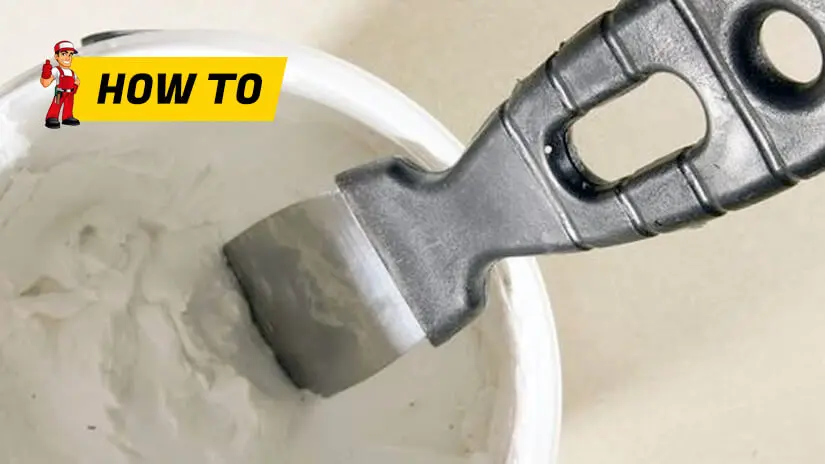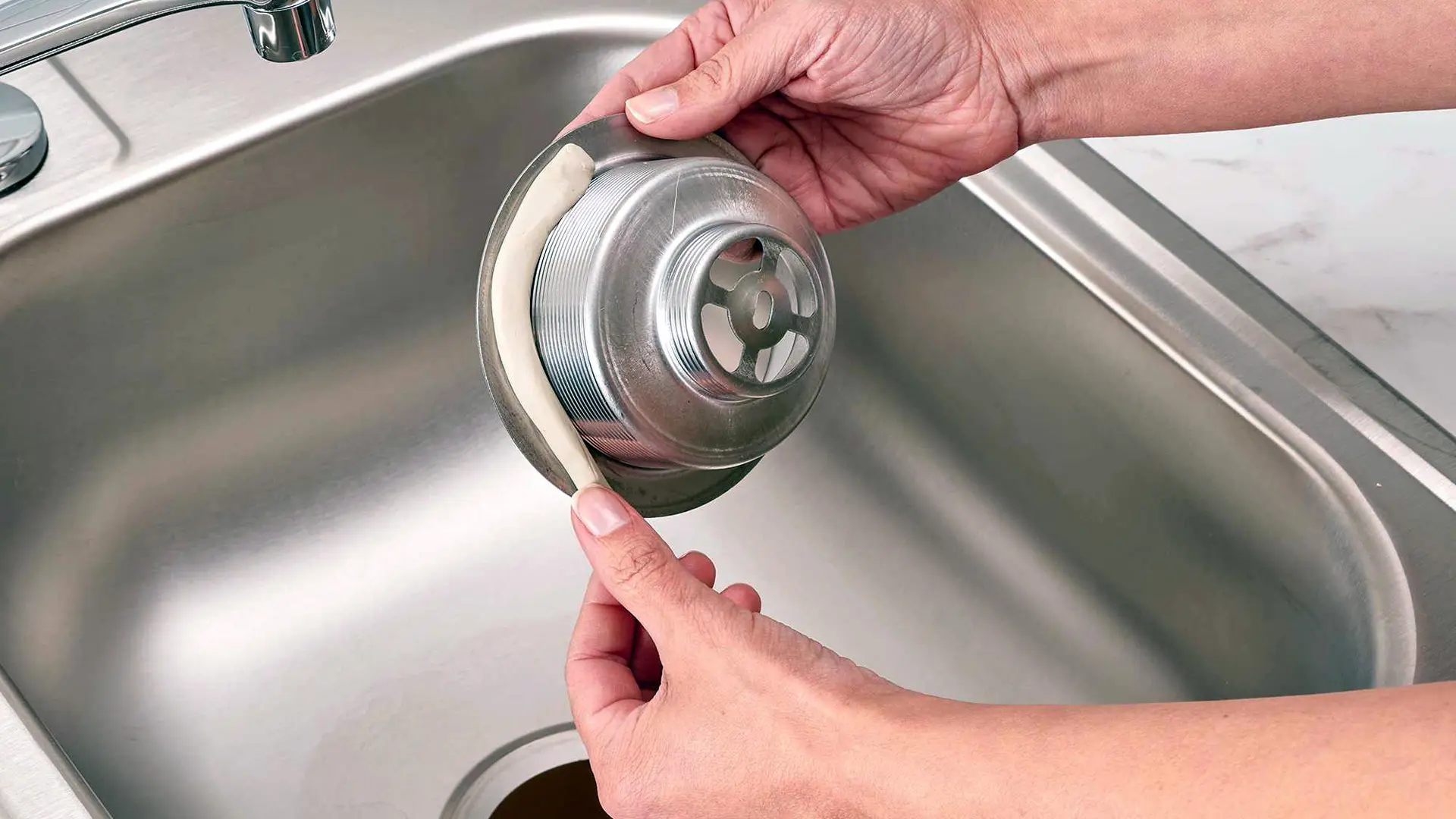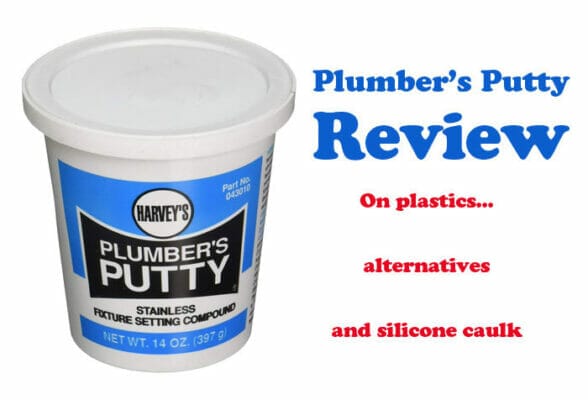If you're in the market for a new kitchen sink strainer, you may have come across two popular sealing options: plumbers putty and silicone caulk. But which one is better for your sink strainer? Let's take a closer look at the differences between the two and determine which one is the best choice for your needs.Plumbers Putty vs. Silicone Caulk: Which is Better for Kitchen Sink Strainers?
When it comes to choosing between plumbers putty and silicone caulk for your kitchen sink strainer, there are a few key factors to consider. First, think about the type of sink you have. If you have a porcelain or stainless steel sink, plumbers putty may be the better choice. However, if you have a granite or composite sink, silicone caulk may be the better option. Next, consider the temperature and moisture levels in your kitchen. Plumbers putty is not as resistant to water and heat as silicone caulk, so if your sink is frequently exposed to hot water or steam, silicone caulk may be a better choice to prevent any potential leaks.How to Choose Between Plumbers Putty and Silicone Caulk for Kitchen Sink Strainers
Both plumbers putty and silicone caulk have their own unique strengths when it comes to durability. Plumbers putty is known for being more pliable and flexible, making it ideal for use on uneven surfaces. However, silicone caulk is more resistant to water, heat, and chemicals, making it a more durable option for kitchen sink strainers. If you want a long-lasting seal for your sink strainer, silicone caulk is the better choice. It can withstand frequent exposure to water and heat without breaking down, ensuring that your sink stays leak-free for years to come.Plumbers Putty vs. Silicone Caulk: Which is More Durable for Kitchen Sink Strainers?
Applying plumbers putty and silicone caulk for kitchen sink strainers is a fairly straightforward process. For plumbers putty, simply take a small amount and roll it between your hands to form a thin snake. Place the putty around the edge of the sink strainer and press it down firmly to create a seal. For silicone caulk, you will need a caulk gun to apply the sealant in a thin, even line around the edge of the sink strainer. Use a damp cloth to smooth out any excess caulk and create a clean, tight seal.How to Properly Apply Plumbers Putty and Silicone Caulk for Kitchen Sink Strainers
As with any product, there are both pros and cons to using plumbers putty and silicone caulk for kitchen sink strainers. The main advantage of plumbers putty is its pliability, making it easy to work with and perfect for uneven surfaces. However, it is not as durable as silicone caulk and may need to be replaced more frequently. On the other hand, silicone caulk is highly water and heat resistant, making it a more reliable choice for long-term use. However, it can be more difficult to work with and may require more precision during application.The Pros and Cons of Using Plumbers Putty and Silicone Caulk for Kitchen Sink Strainers
If you need to remove plumbers putty or silicone caulk from your kitchen sink strainer, it's important to do so carefully to avoid damaging your sink or plumbing. For plumbers putty, you can use a putty knife to gently scrape it off. For silicone caulk, you may need to use a chemical caulk remover or a razor blade to carefully cut away the sealant.How to Remove Plumbers Putty and Silicone Caulk from Kitchen Sink Strainers
As mentioned before, silicone caulk is known for its high level of water resistance. It can withstand frequent exposure to water and moisture without breaking down, making it the better choice for kitchen sink strainers. Plumbers putty, on the other hand, is more porous and can eventually break down when exposed to water.Plumbers Putty vs. Silicone Caulk: Which is More Water Resistant for Kitchen Sink Strainers?
The key to preventing leaks with plumbers putty and silicone caulk for kitchen sink strainers is proper application and regular maintenance. Make sure to follow the instructions carefully when applying the sealant, and regularly check for any signs of wear or damage. If you notice any cracks or gaps, reapply the sealant to prevent leaks.How to Prevent Leaks with Plumbers Putty and Silicone Caulk for Kitchen Sink Strainers
The cost of plumbers putty and silicone caulk can vary depending on the brand and quantity you purchase. Generally, plumbers putty is cheaper than silicone caulk, but it may need to be replaced more frequently. Silicone caulk may have a higher upfront cost, but its durability makes it a cost-effective choice in the long run.The Cost Comparison of Using Plumbers Putty and Silicone Caulk for Kitchen Sink Strainers
To keep your kitchen sink strainer in top condition, it's important to regularly clean and maintain it. For strainers sealed with plumbers putty, simply wipe them down with a damp cloth and mild soap. For silicone caulk, use a non-abrasive cleaner and avoid using harsh chemicals that can break down the sealant. Additionally, regularly check for any signs of wear or damage and reapply the sealant as needed to prevent any potential leaks. In conclusion, both plumbers putty and silicone caulk can be effective options for sealing kitchen sink strainers. However, silicone caulk is generally the better choice for its durability and water resistance. Ultimately, the best option for your sink strainer will depend on your specific needs and preferences.How to Properly Clean and Maintain Kitchen Sink Strainers Sealed with Plumbers Putty and Silicone Caulk
The Best Choice for Sealing Your Kitchen Sink Strainer

Introduction
Plumbers Putty
Silicone Caulk
The Best Choice for Kitchen Sink Strainers
 So, which one is the best choice for sealing your kitchen sink strainer?
It ultimately depends on your personal preference and the specific needs of your installation.
Plumbers putty is a great option for those who are new to DIY projects and want a simple and easy-to-use sealant. On the other hand, silicone caulk may be a better choice for those who are looking for a long-lasting and more durable seal. It is also important to consider the type of sink and strainer you have, as some materials may react differently to each sealant.
So, which one is the best choice for sealing your kitchen sink strainer?
It ultimately depends on your personal preference and the specific needs of your installation.
Plumbers putty is a great option for those who are new to DIY projects and want a simple and easy-to-use sealant. On the other hand, silicone caulk may be a better choice for those who are looking for a long-lasting and more durable seal. It is also important to consider the type of sink and strainer you have, as some materials may react differently to each sealant.







































:max_bytes(150000):strip_icc()/25-louisdehe-62d2bec44a254575836da1e473e1c381.jpeg)
